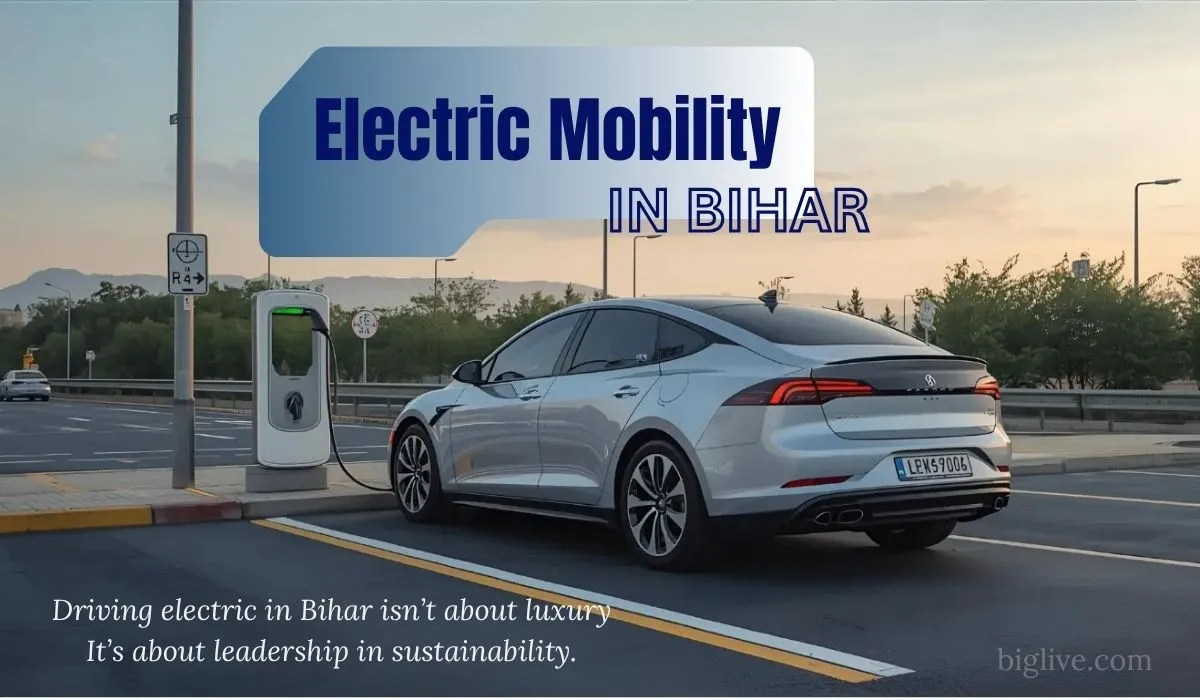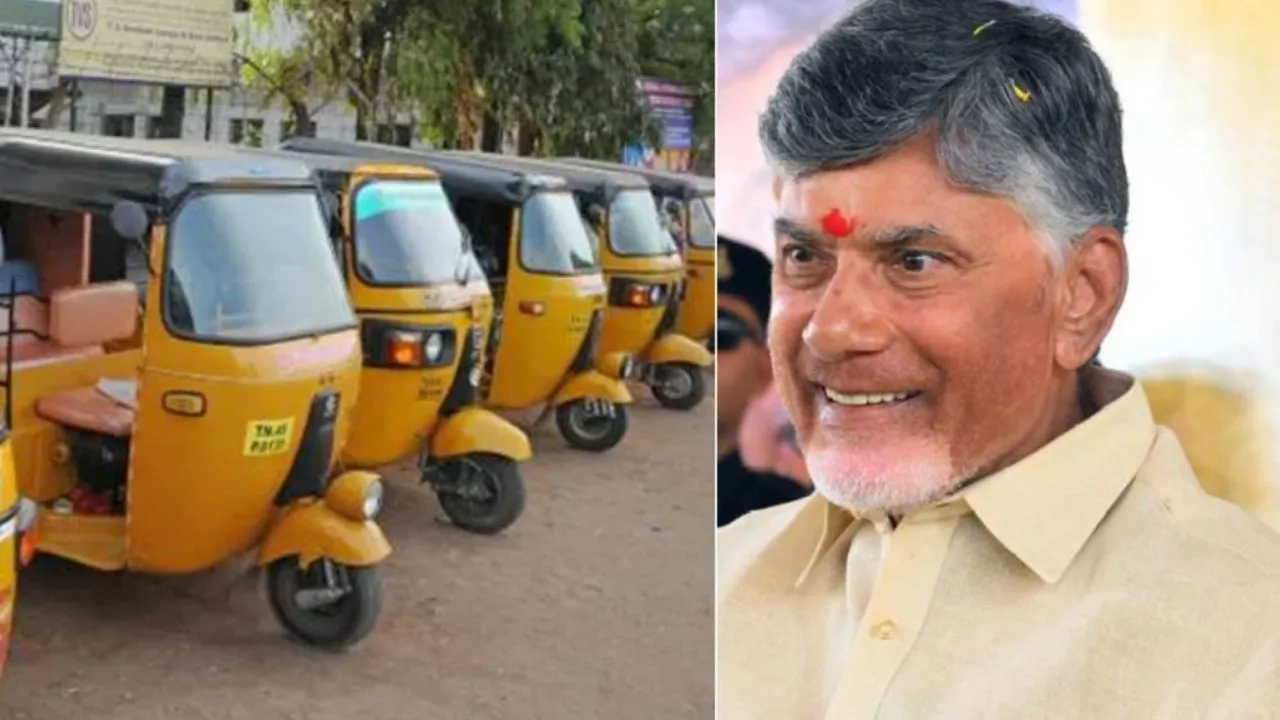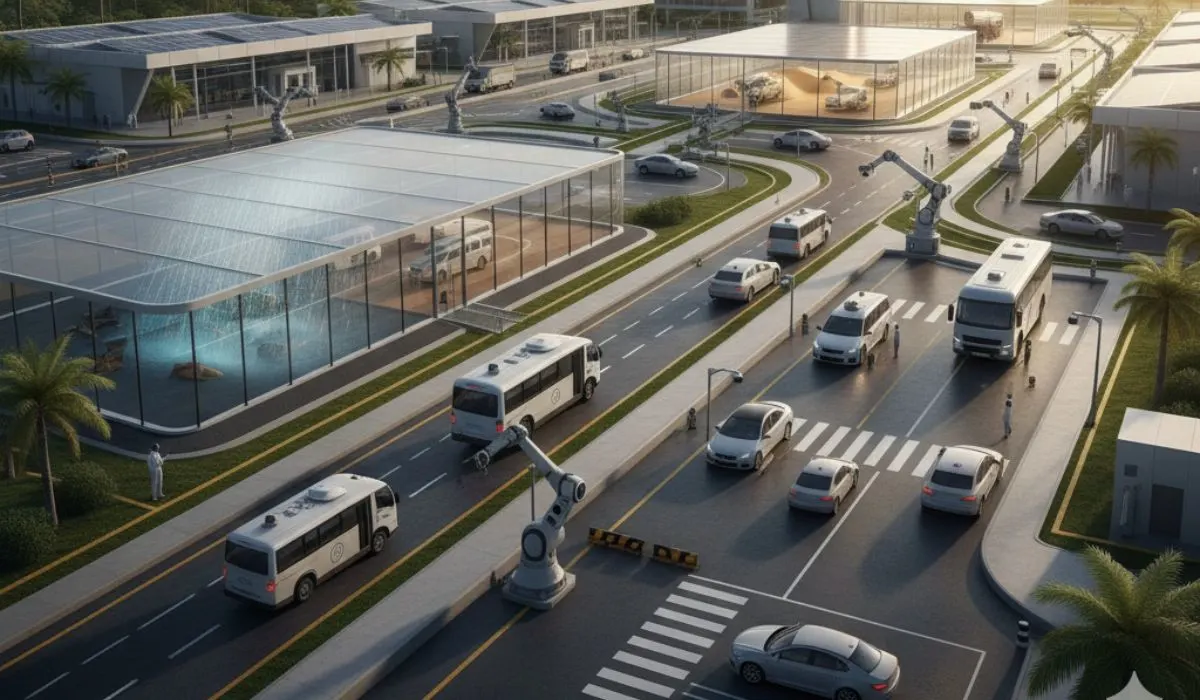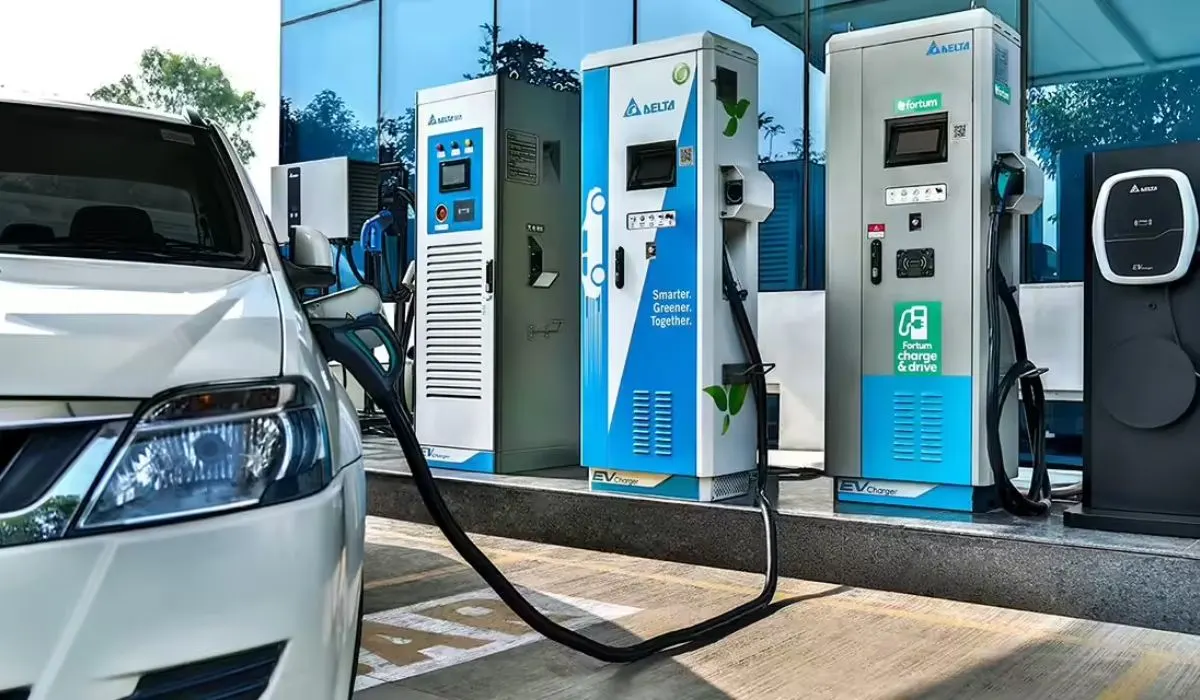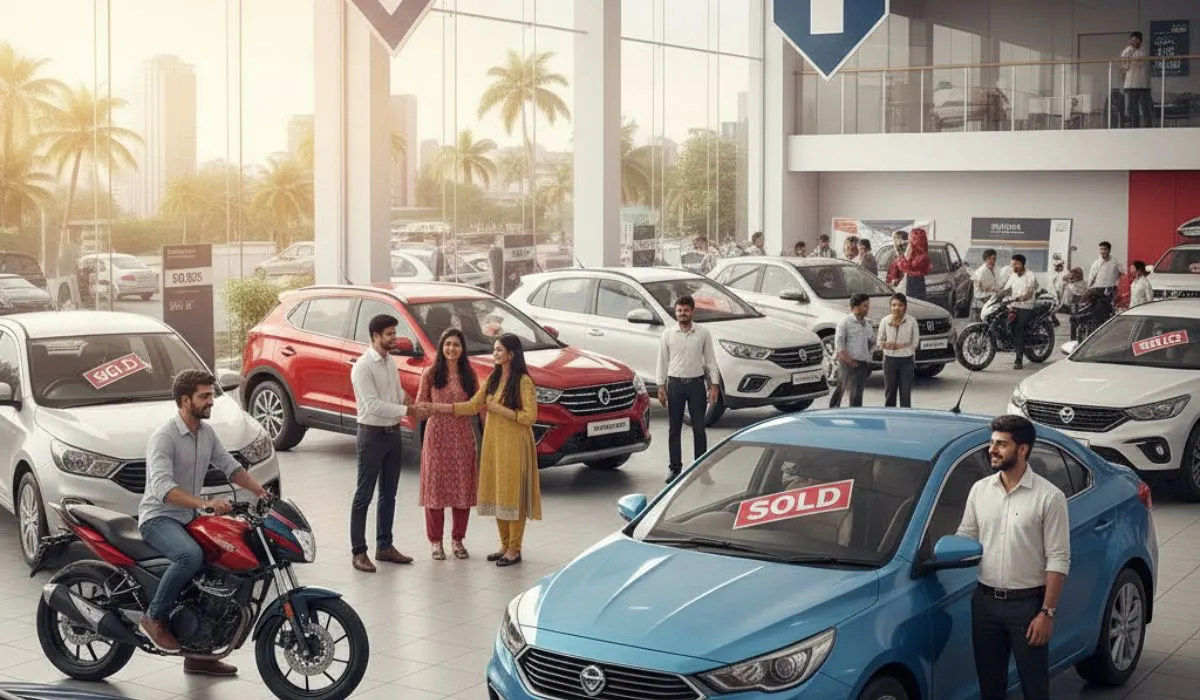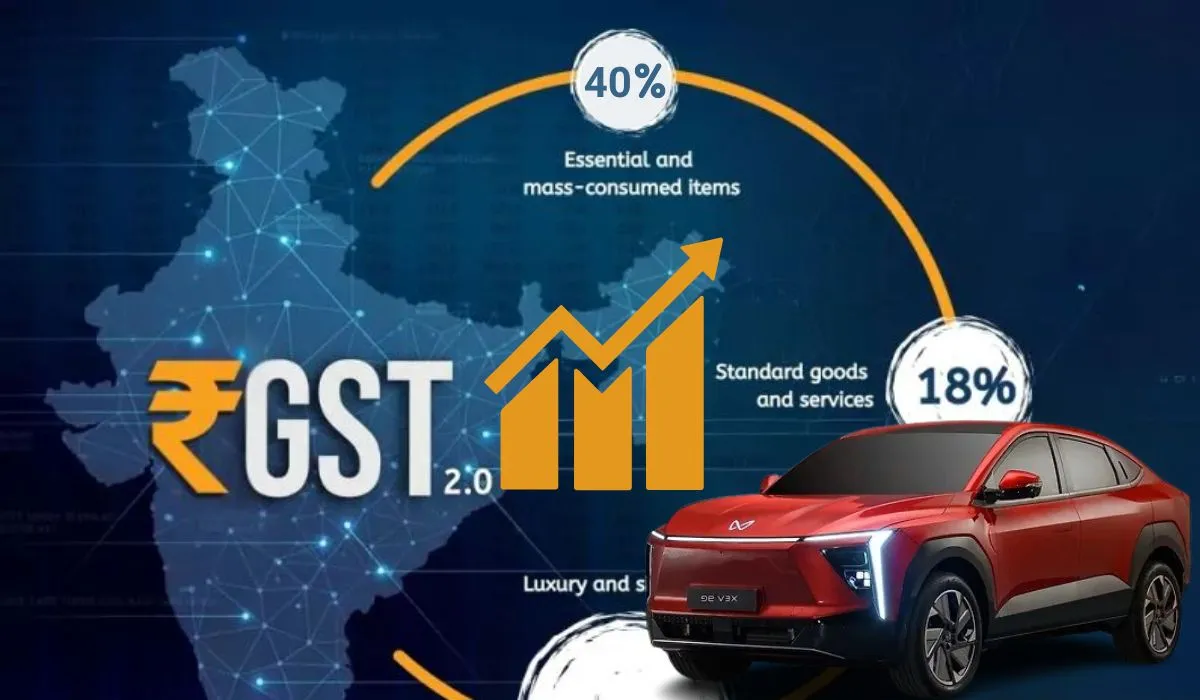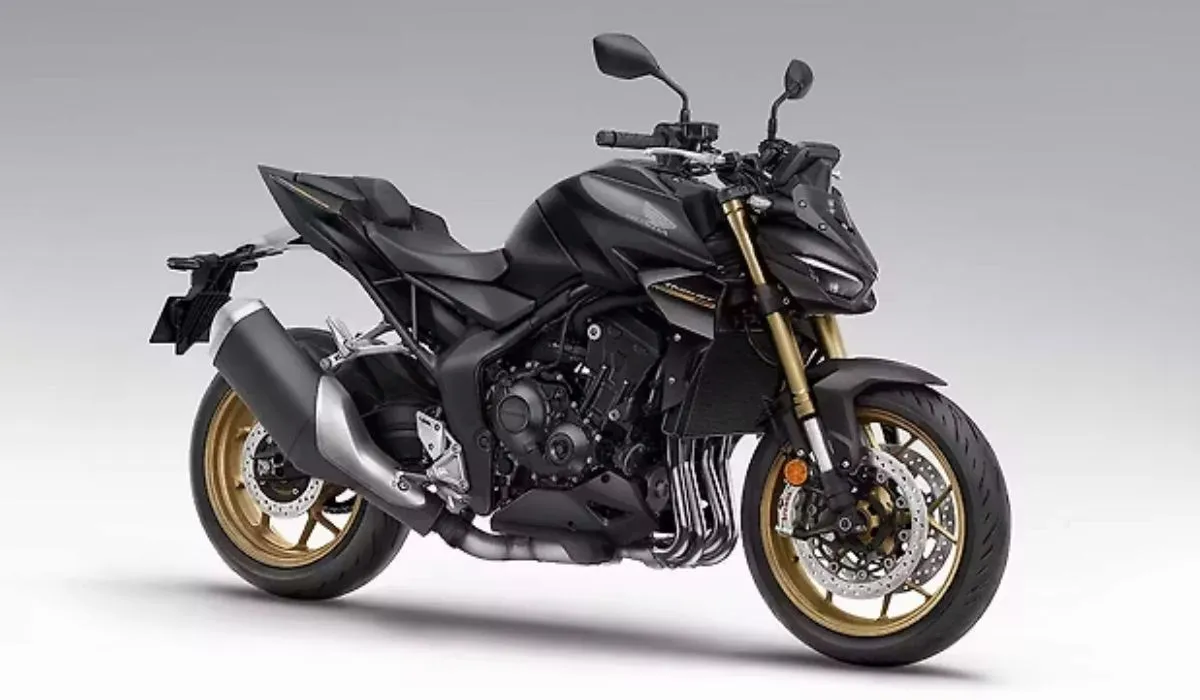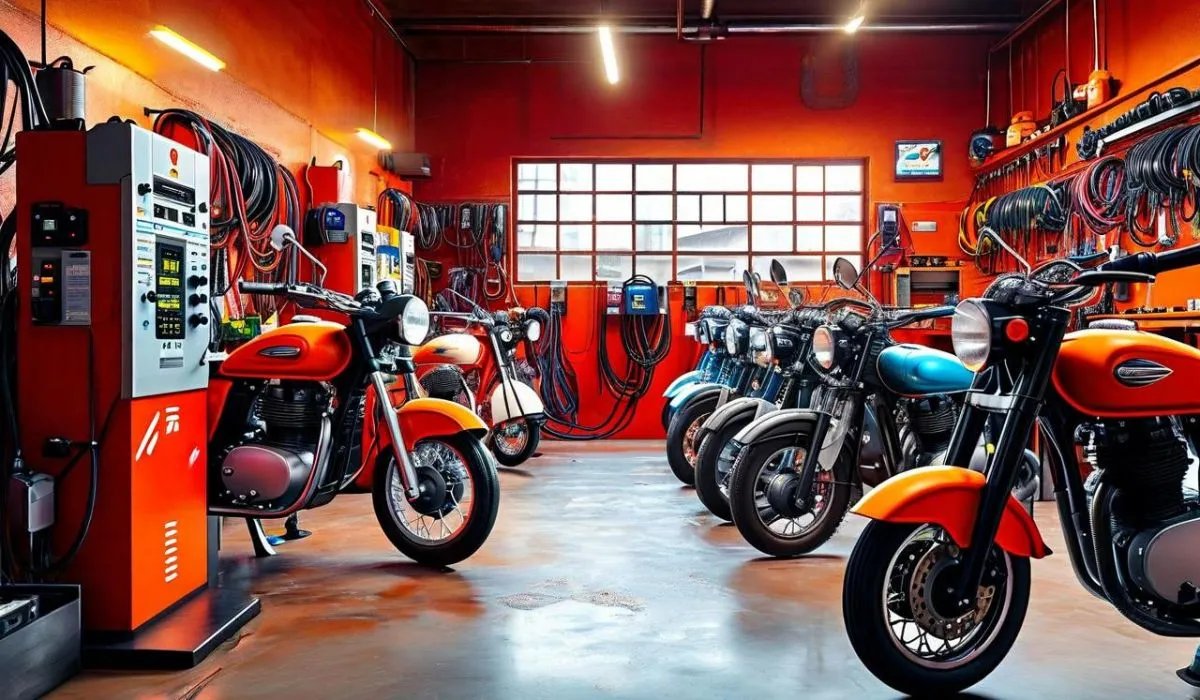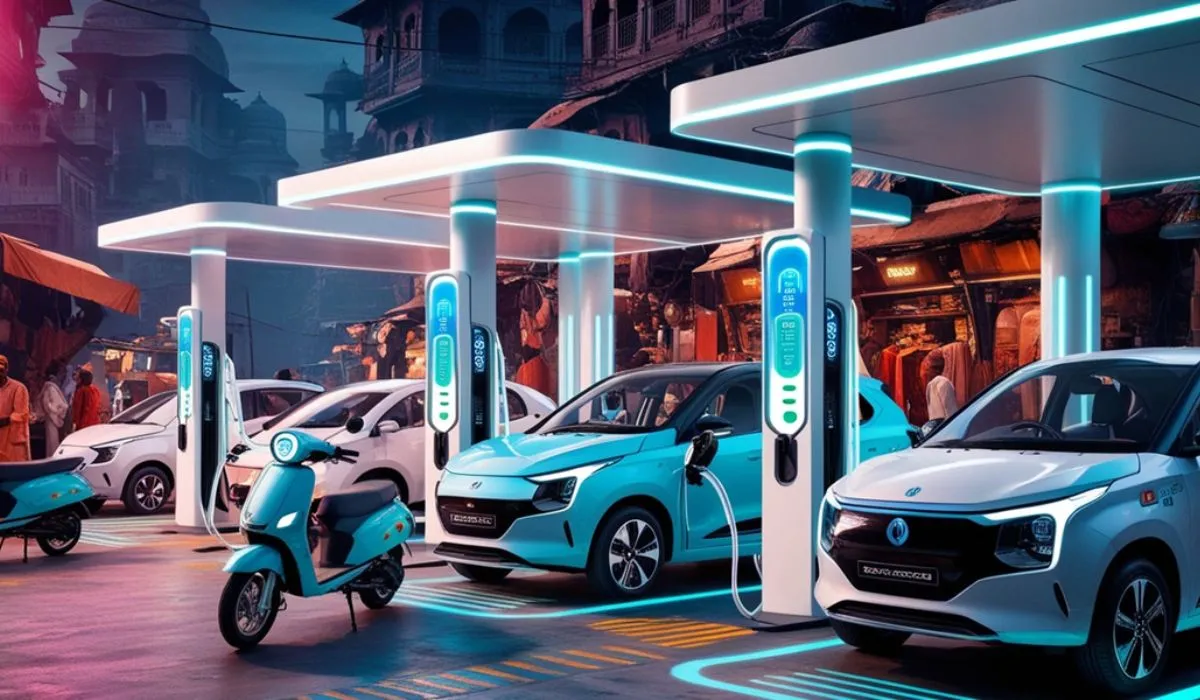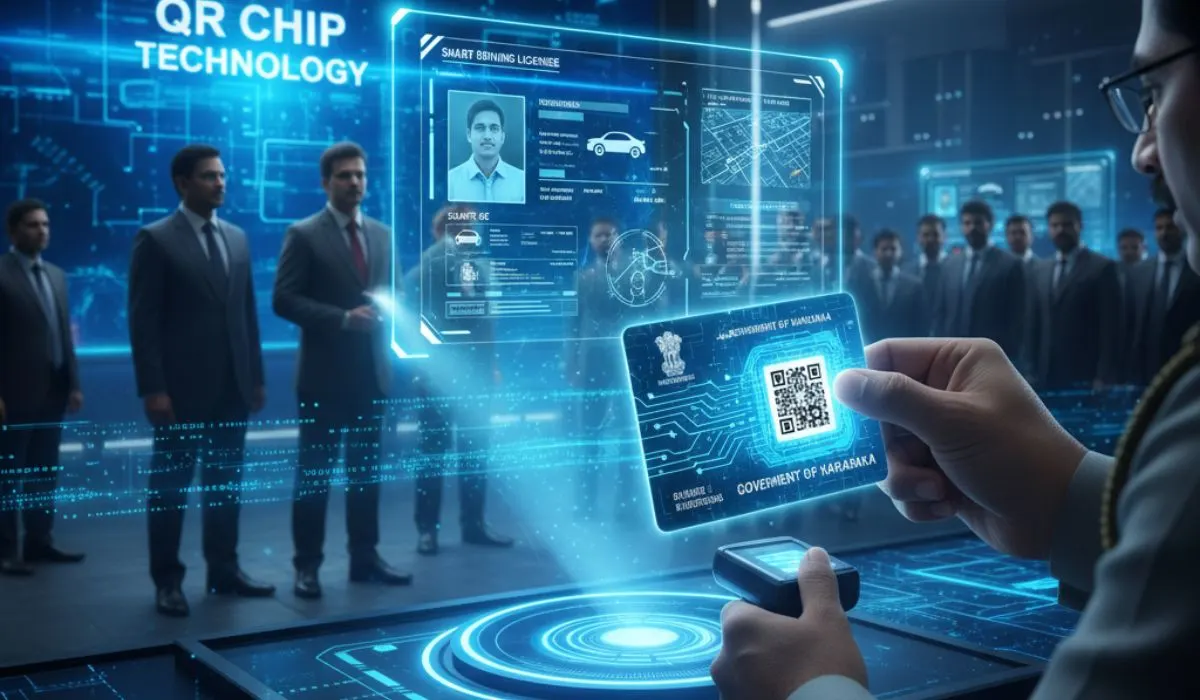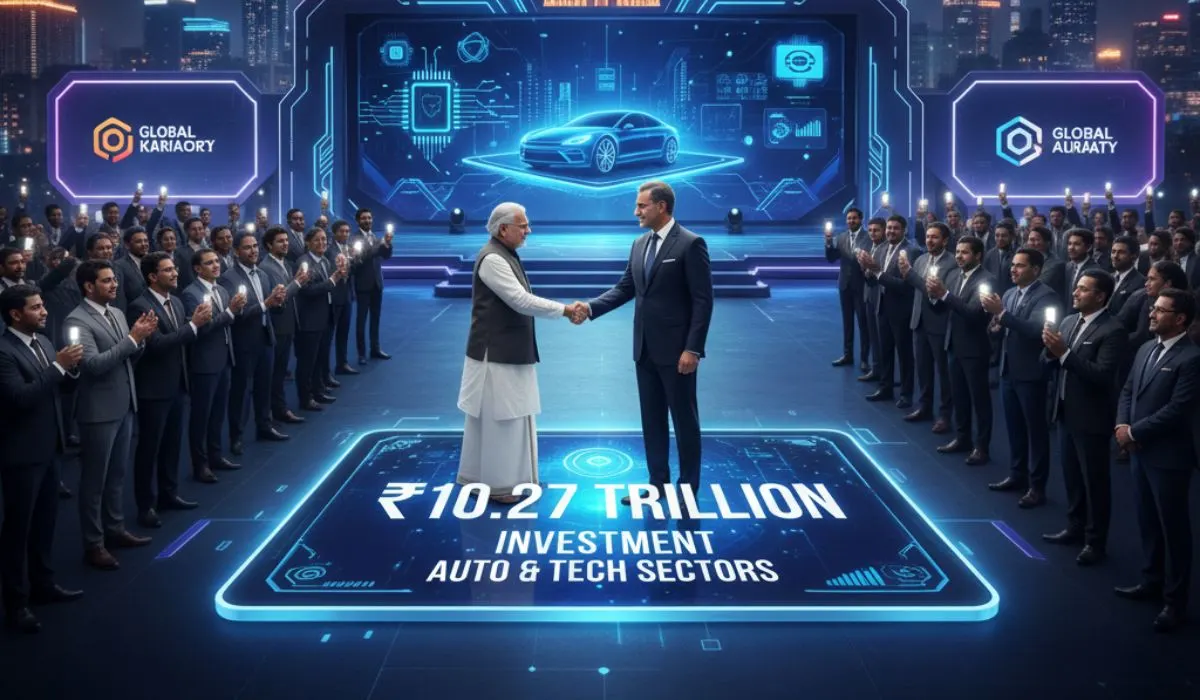Bihar is rapidly developing its EV infrastructure through the Bihar Electric Vehicle Policy 2023, which includes incentives for charging station installation and aims to have 15% of vehicle registrations be electric by 2028. The state is encouraging the expansion of both public and private charging networks, including slow/moderate and fast chargers, under flyovers, and at residential societies and petrol pumps. Incentives include capital subsidies on equipment, installation cost reimbursements, and electricity tariff subsidies for charging stations.
What is EV Infrastructure? Let's Break It Down!
Electric Vehicle (EV) infrastructure is the entire network of systems and equipment that enables the charging and operation of EV infrastructure in Bihar. It includes all the hardware and software needed to deliver electricity to an EV, as well as the broader electrical grid that powers the charging network.
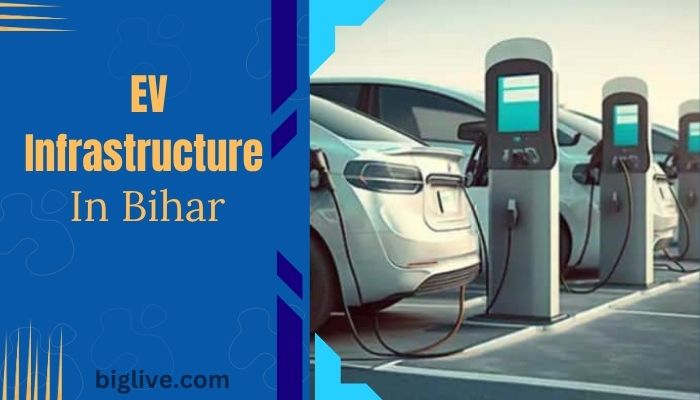
EV infrastructure is the backbone that makes electric mobility possible. It includes:
- Charging Stations: These are like petrol pumps for EVs. You plug in your vehicle to get power.
- Power Supply: This is the electricity that flows to the charging stations. It needs to be strong and reliable.
- Battery Swapping Stations: Instead of waiting to charge, you can quickly swap an empty battery for a full one. This is great for auto-rickshaws!
- Skilled Technicians: People who know how to fix EVs and charging equipment when they break.
Building this backbone is the key to unlocking electric mobility in Bihar.
EV Infrastructure in Bihar: Where Are We Today?
The Starting Line: Bihar's EV Journey Begins
Bihar is at the beginning of its electric race. We're not in the lead, but we're picking up speed fast!
Here are the facts:
- The state has over 113,000 registered electric vehicles.
- But, we only have about 521 public charging stations.
- That means there's roughly one charger for every 217 EVs.
Imagine if 217 people had to share one phone charger! You can see the problem. This gap is the heart of the challenge for EV infrastructure in Bihar.
The Government's Game Plan: The Bihar EV Policy
The good news is that our government has a plan. The Bihar EV Policy 2023 is like a playbook for the electric game. The government's big goal is to have 15% of all new vehicle registrations be electric by 2028.
To make this happen, they are offering great deals:
-
For You and Me: Discounts up to 20,000 on electric two-wheelers and 1.5 lakh on cars! There's also no road tax and big discounts on registration fees.
-
For Business Owners: If you want to set up a charging station, the government will give you 25% of your setup cost back and a 30% discount on your electricity bill for three years.
This is a strong start for EV infrastructure development in our state.
The Real Hurdles: Challenges for EV Infrastructure in Bihar
"Where Can I Plug In?" – The Charging Station Problem
The biggest issue is simple: not enough places to charge. Most charging stations are in Patna. What about people in Bhagalpur, Gaya, or Muzaffarpur? I spoke to an electric scooter owner in Darbhanga. He told me, "I sometimes have to plan my entire day around where I can find a charging point. It feels like a treasure hunt."
This is what experts call "range anxiety" – the fear that your battery will die before you find a charger.
"What if the Power Goes?" – Our Electricity Grid
A charging station is useless without electricity. We all know that power cuts, especially in the summer, are a reality in many parts of Bihar.
I visited a charging station in Hajipur during a hot afternoon. The owner, Ramesh Ji, sighed and said, "When the power goes, my business stops. I have customers waiting, but I can't help them. A stable power supply is my biggest need." This is a major hurdle for electric vehicle charging stations in Bihar.
The Cost of Building the Future
Setting up a charging station isn't cheap. A fast charger can cost as much as a small car! While the government offers help, many small business owners are scared of the initial investment.
A Bright Future: Opportunities for EV Growth in Bihar
Now, let's talk about the exciting part! Bihar has some amazing advantages that could make it an EV superstar.
Our Superpower: Bihar's Young People
Did you know Bihar has the youngest population in India? Over half of our people are under 25. This isn't just a statistic; it's our superpower!
Young people are quick to learn new technology. They can become the technicians, engineers, and entrepreneurs who build and maintain our EV ecosystem. This means thousands of new green jobs for Bihar's youth.
Expert Insight: Mr. Mihir Kumar Singh, a senior government official, said, "Bihar offers the youngest workforce in India. With the right training, they can lead our green transportation revolution.
The Sun Can Power Our Rides
Bihar gets plenty of sunshine. Why not use it? We can build solar-powered charging stations. These stations would use the sun's energy to charge vehicles, which means lower costs and cleaner air.
The government is already encouraging this by offering cheap land for solar charging stations. This is a brilliant opportunity!
We Can Build Them Here!
Bihar doesn't just have to use EVs; we can make them! The government is planning a huge manufacturing cluster in Gaya. This could attract companies that build EVs, batteries, and charging equipment.
This means more jobs and cheaper EVs for all of us. It’s a win-win!
Recomanded to read :- Andhra Pradesh Govt Clears New EV Charging Stations
The Path Forward: How Bihar Can Improve EV Infrastructure
So, how do we turn these opportunities into reality? Based on my research, here are some practical ideas.
1. Put Chargers Where People Already Go
We don't need to build special everywhere. We can add chargers to places we already visit:
- Shopping Malls: Charge your car while you shop.
- Cinema Halls: See a movie and your car is fully charged when you come out.
- Offices: Charge your scooter while you work.
- Apartment Buildings: Let residents charge their vehicles overnight.
2. Make it a Team Effort
Te government can't do this alone. We need a team effort—a Public-Private Partnership.
- Oil Companies can add EV chargers to their existing petrol pumps.
- Local Businesses can install a charger to attract more customers.
- Real Estate Builders can include charging points in new buildings.
3. Think Beyond Stations: Battery Swapping
For auto-rickshaws and delivery vehicles, battery swapping is a game-changer. Instead of waiting for a charge, drivers can exchange their empty battery for a full one in less than 5 minutes. It's as fast as filling a tank with CNG!
A Day in an Electric Bihar: Let's Imagine the Future
You wake up in Patna. The air is fresh and clean. You take your electric scooter, which you charged overnight at home, to work. You drop off a package at a delivery hub where all the vans are electric and silent. After work, you drive your family to Muzaffarpur to visit relatives. You stop once on the highway for a quick 20-minute charge at a solar-powered station while you have a cup of tea.
This future is possible. It will create a healthier environment and new jobs. It starts with building a strong network of EV infrastructure in Bihar today.
Your Role in This Electric Story
You might think, "I'm just one person. What can I do?" You can do a lot!
- Learn: Talk to an EV owner. Ask them about their experience.
- Consider: Next time you or your family buys a vehicle, think about going electric.
- Support: If you own a business, consider installing a charger for customers.
- Speak Up: Tell your local leaders that you support clean transportation.
Conclusion: The Journey Has Begun
The development of EV infrastructure in Bihar is like a long road trip. We've just started the engine and pulled out of the driveway. The road ahead has some bumps and turns, but the destination—a prosperous, clean, and modern Bihar—is worth the journey.
The electric revolution is not just about replacing engines. It's about building a better future for our children. It's about cleaner air for them to breathe and new opportunities for them to build their lives.
As I learned from that e-rickshaw driver, the change starts with one vehicle, one charger, and one person at a time. Let's be the generation that charges up Bihar for a brighter, electric future.
FAQs: About EVs in Bihar, Answered!
1. How long does it take to charge an electric car?
It depends on the charger! A regular home charger can take 6-8 hours (perfect overnight). A public fast charger can get your battery to 80% in about 1 hour.
2. Are electric vehicles really cheaper to run?
Yes! Electricity is much cheaper than petrol or diesel. That e-rickshaw driver I met saves over 200 every day. Over a month, that's a lot of money saved!
3. What happens if my EV runs out of battery on the road?
This is "range anxiety." The solution is more charging stations! Many new EVs also have apps that show you the nearest charger. Soon, battery-swapping and roadside assistance will make this less of a worry.
4. Can I install a charger at my home?
Absolutely! If you have a dedicated parking spot, you can install a slow charger. It's as easy as installing a heavy-duty AC unit. The government encourages it.
5. Is the electricity grid in Bihar strong enough for many EVs?
This is a challenge, but also an opportunity. Using solar energy and smart charging (like charging at night when demand is low) can help manage the load on the grid.



